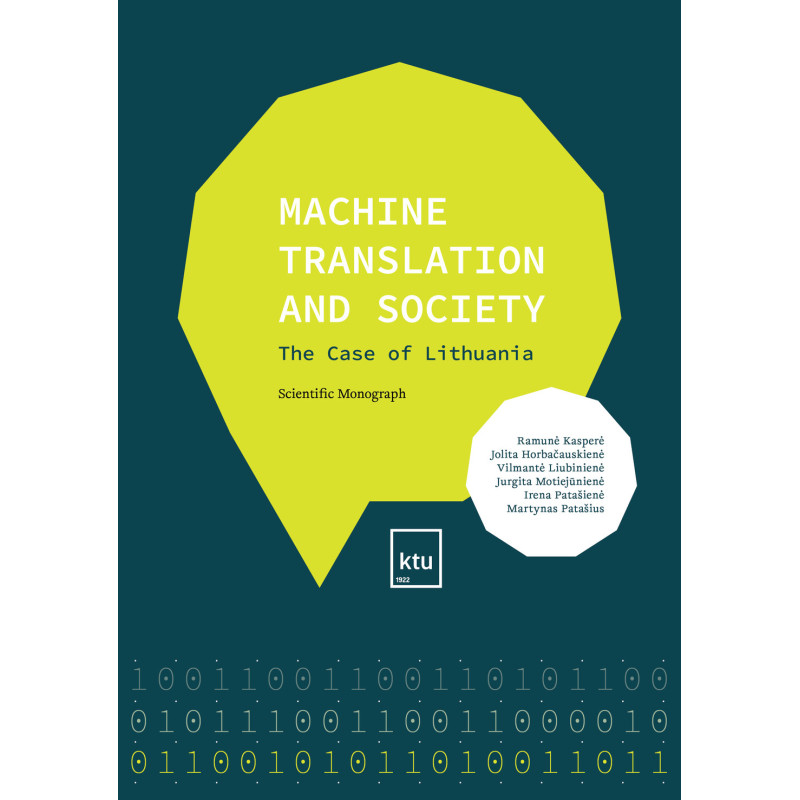







This monograph offers a comprehensive analysis of machine translation (MT) acceptance, awareness, and quality within Lithuanian society. It moves beyond the predominantly professional-centric perspectives found in existing research to explore the multifaceted experiences of a wide range of users, encompassing students, professionals, and the general public. The study utilizes a mixed-methods approach, combining quantitative survey data with qualitative insights gathered through interviews and eye-tracking experiments. This methodology allows for a nuanced understanding of how various social groups perceive, use, and evaluate MT technologies, considering factors such as usability, satisfaction, and the recognition of potential risks. The research investigates the acceptability of machine-translated output, exploring the degree to which users find it satisfactory and appropriate for their needs. It also examines public awareness of MT capabilities and limitations, focusing on the level of understanding among different user groups regarding the technology’s strengths and weaknesses. A significant aspect of the study is the assessment of machine translation quality, considering both the linguistic accuracy and the overall effectiveness of the output. The findings shed light on the interplay between user expectations, technological capabilities, and societal contexts in shaping the use and acceptance of MT. The monograph is organized into six chapters, beginning with an overview of theoretical and methodological frameworks. Subsequent chapters delve into empirical findings, revealing detailed analyses of user experiences, opinions, and behaviors. Key themes explored include the impact of age, education level, and professional background on MT use and perceptions; the prevalence and nature of MT applications along with users’ strategies for addressing limitations in MT quality. The conclusions synthesize the research findings, highlighting both the opportunities and the challenges posed by MT in a low-resource language setting like Lithuanian, offering valuable insights for researchers, policymakers, and practitioners in the translation and technology fields.
Charakteristikos